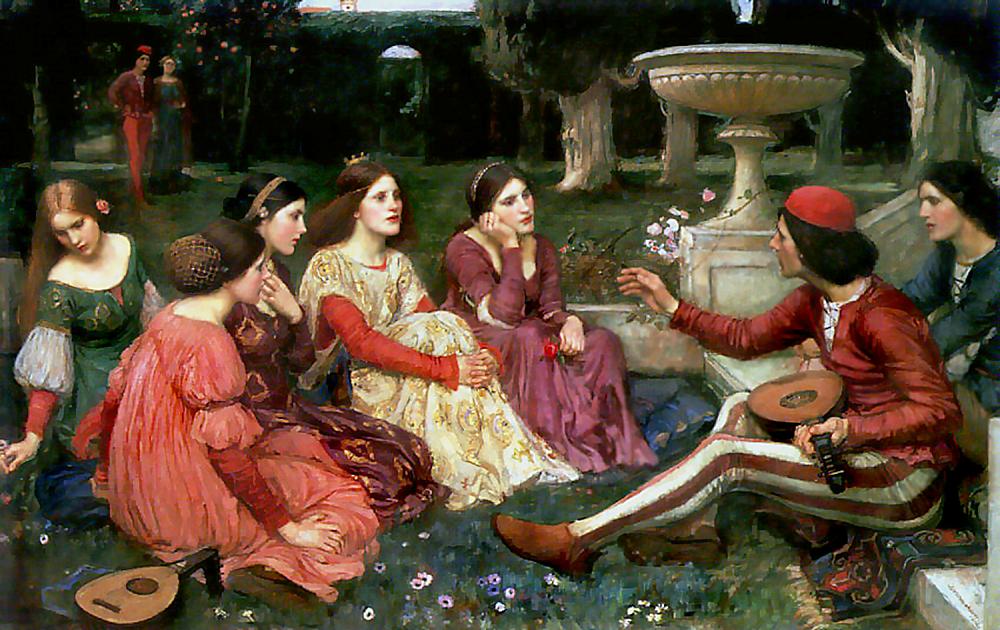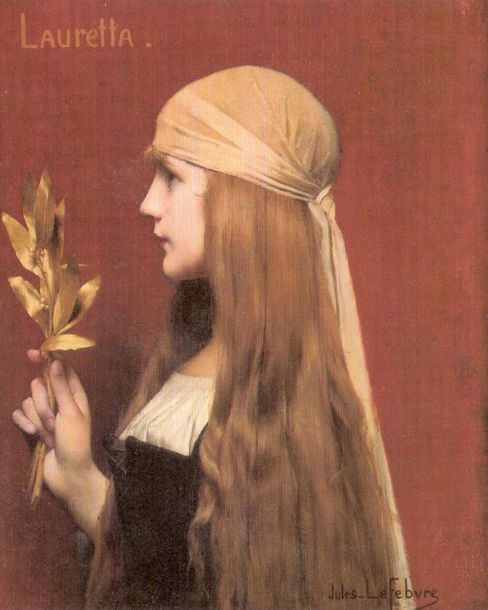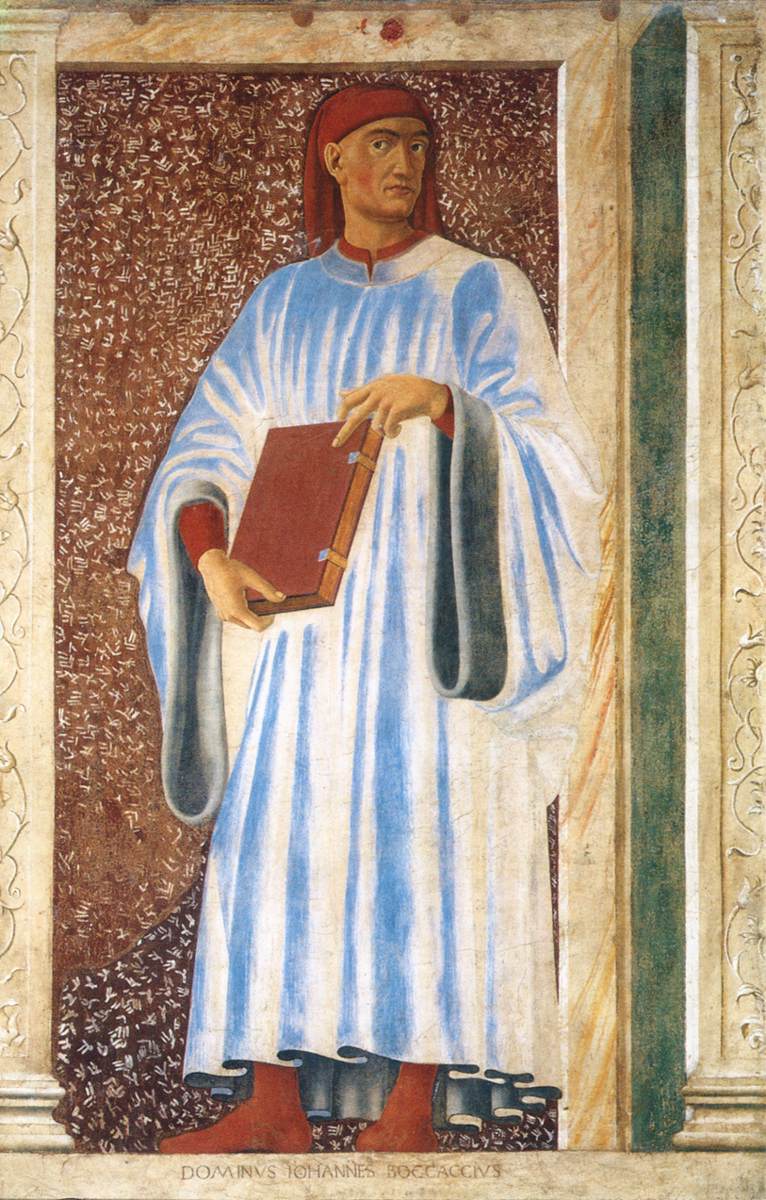|
Microbes In Human Culture
Human interactions with microbes include both practical and symbolic uses of microbes, and negative interactions in the form of human, domestic animal, and crop diseases. Practical use of microbes began in ancient times with fermentation in food processing; bread, beer and wine have been produced by yeasts from the dawn of civilisation, such as in ancient Egypt. More recently, microbes have been used in activities from biological warfare to the production of chemicals by fermentation, as industrial chemists discover how to manufacture a widening variety of organic chemicals including enzymes and bioactive molecules such as hormones and competitive inhibitors for use as medicines. Fermentation is used, too, to produce substitutes for fossil fuels in forms such as ethanol and methane; fuels may also be produced by algae. Anaerobic microorganisms are important in sewage treatment. In scientific research, yeasts and the bacterium ''Escherichia coli'' serve as model organisms especi ... [...More Info...] [...Related Items...] OR: [Wikipedia] [Google] [Baidu] |
Tomb Of Nakht (13)
The Thebes, Egypt, Theban Tomb TT52 is located in Sheikh Abd el-Qurna, part of the Theban Necropolis, on the west bank of the Nile, opposite to Luxor. It is the burial place of Nakht, an ancient Egyptian official who held the position of a Scribe (Ancient Egypt), scribe and astronomer of Amun, probably during the reign of Thutmose IV (1401–1391 BC or 1397–1388 BC) during the Eighteenth Dynasty of Egypt, Eighteenth Dynasty, the first dynasty of the New Kingdom of Egypt, New Kingdom. Architecture The tomb architecture and decoration conforms to the standard design of Thebes, Egypt, Theban tombs of the New Kingdom of Egypt, New Kingdom by using such scenes that are commonly found in contemporary tombs. Some of these decorations display differences from scenes found in Old Kingdom of Egypt, Old Kingdom mastabas of Memphis, Egypt, Memphis, where one of the principal functions of the tomb was to ensure magical sustenance for the ka, whereas in the New Kingdom tombs, the primary fu ... [...More Info...] [...Related Items...] OR: [Wikipedia] [Google] [Baidu] |
Escherichia Coli
''Escherichia coli'' ( )Wells, J. C. (2000) Longman Pronunciation Dictionary. Harlow ngland Pearson Education Ltd. is a gram-negative, facultative anaerobic, rod-shaped, coliform bacterium of the genus '' Escherichia'' that is commonly found in the lower intestine of warm-blooded organisms. Most ''E. coli'' strains are part of the normal microbiota of the gut, where they constitute about 0.1%, along with other facultative anaerobes. These bacteria are mostly harmless or even beneficial to humans. For example, some strains of ''E. coli'' benefit their hosts by producing vitamin K2 or by preventing the colonization of the intestine by harmful pathogenic bacteria. These mutually beneficial relationships between ''E. coli'' and humans are a type of mutualistic biological relationship—where both the humans and the ''E. coli'' are benefitting each other. ''E. coli'' is expelled into the environment within fecal matter. The bacterium grows massi ... [...More Info...] [...Related Items...] OR: [Wikipedia] [Google] [Baidu] |
The Last Man (Mary Shelley Novel)
''The Last Man'' is an apocalyptic, dystopian science fiction novel by Mary Shelley, first published in 1826. The narrative concerns Europe in the late 21st century, ravaged by the rise of a bubonic plague pandemic that rapidly sweeps across the entire globe, ultimately resulting in the near-extinction of humanity. It also includes discussion of the British state as a republic, for which Shelley sat in meetings of the House of Commons to gain insight to the governmental system of the Romantic era. The novel includes many fictive allusions to her husband Percy Bysshe Shelley, who drowned in a shipwreck four years before the book's publication, as well as their close friend Lord Byron, who had died two years previously. ''The Last Man'' is one of the first pieces of dystopian fiction published. It was critically savaged and remained largely obscure at the time of its publication. It was not until the 1960s that the novel resurfaced for the public. Characters Lionel Verney: The ... [...More Info...] [...Related Items...] OR: [Wikipedia] [Google] [Baidu] |
Mary Shelley
Mary Wollstonecraft Shelley ( , ; ; 30 August 1797 – 1 February 1851) was an English novelist who wrote the Gothic novel ''Frankenstein, Frankenstein; or, The Modern Prometheus'' (1818), which is considered an History of science fiction#Shelley and Europe in the early 19th century, early example of science fiction. She also edited and promoted the works of her husband, the Romantic poet and philosopher Percy Bysshe Shelley. Her father was the political philosopher William Godwin and her mother was the philosopher and women's rights advocate Mary Wollstonecraft. Mary's mother died 11 days after giving birth to her. She was raised by her father, who provided her with a rich informal education, encouraging her to adhere to his own anarchist political theories. When she was four, her father married a neighbour, Mary Jane Clairmont, with whom Mary had a troubled relationship. In 1814, Mary began a romance with one of her father's political followers, Percy Bysshe Shelley, who ... [...More Info...] [...Related Items...] OR: [Wikipedia] [Google] [Baidu] |
Pandemic
A pandemic ( ) is an epidemic of an infectious disease that has a sudden increase in cases and spreads across a large region, for instance multiple continents or worldwide, affecting a substantial number of individuals. Widespread endemic (epidemiology), endemic diseases with a stable number of infected individuals such as recurrences of seasonal influenza are generally excluded as they occur simultaneously in large regions of the globe rather than being spread worldwide. Throughout human history, there have been a number of pandemics of diseases such as smallpox. The Black Death, caused by the Plague (disease), Plague, caused the deaths of up to half of the population of Europe in the 14th century. The term ''pandemic'' had not been used then, but was used for later epidemics, including the 1918 Influenza A virus subtype H1N1, H1N1 influenza A pandemic—more commonly known as the Spanish flu—which is the Deadliest pandemics in history, deadliest pandemic in history. The mos ... [...More Info...] [...Related Items...] OR: [Wikipedia] [Google] [Baidu] |
Apocalyptic And Post-apocalyptic Fiction
Apocalyptic and post-apocalyptic fiction are genres of speculative fiction in which the Earth's (or another planet's) civilization is collapsing or has collapsed. The apocalypse event may be climatic, such as runaway climate change; astronomical, an impact event; destructive, nuclear holocaust or resource depletion; medical, a pandemic, whether natural or human-caused; end time, such as the Last Judgment, Second Coming or Ragnarök; or any other scenario in which the outcome is apocalyptic, such as a zombie apocalypse, AI takeover, technological singularity, dysgenics or alien invasion. The story may involve attempts to prevent an apocalypse event, deal with the impact and consequences of the event itself, or it may be post-apocalyptic, set after the event. The time may be directly after the catastrophe, focusing on the psychology of survivors, the way to keep the human race alive and together as one, or considerably later, often including that the existence of pre- ... [...More Info...] [...Related Items...] OR: [Wikipedia] [Google] [Baidu] |
The Canterbury Tales
''The Canterbury Tales'' () is a collection of 24 stories written in Middle English by Geoffrey Chaucer between 1387 and 1400. The book presents the tales, which are mostly written in verse, as part of a fictional storytelling contest held by a group of pilgrims travelling together from London to Canterbury to visit the shrine of Saint Thomas Becket at Canterbury Cathedral. The ''Tales'' are widely regarded as Chaucer's '' magnum opus''. They had a major effect upon English literature and may have been responsible for the popularisation of the English vernacular in mainstream literature, as opposed to French or Latin. English had, however, been used as a literary language centuries before Chaucer's time, and several of Chaucer's contemporaries— John Gower, William Langland, the Gawain Poet, and Julian of Norwich—also wrote major literary works in English. It is unclear to what extent Chaucer was seminal in this evolution of literary preference. ''The Canterbury Tale ... [...More Info...] [...Related Items...] OR: [Wikipedia] [Google] [Baidu] |
Geoffrey Chaucer
Geoffrey Chaucer ( ; – 25 October 1400) was an English poet, author, and civil servant best known for ''The Canterbury Tales''. He has been called the "father of English literature", or, alternatively, the "father of English poetry". He was the first writer to be buried in what has since come to be called Poets' Corner, in Westminster Abbey. Chaucer also gained fame as a philosopher and astronomer, composing the scientific ''A Treatise on the Astrolabe'' for his 10-year-old son, Lewis. He maintained a career in public service as a bureaucrat, courtier, diplomat, and member of parliament, having been elected as Knight of the shire, shire knight for Kent. Among Chaucer's many other works are ''The Book of the Duchess'', ''The House of Fame'', ''The Legend of Good Women'', ''Troilus and Criseyde'', and ''Parlement of Foules''. He is seen as crucial in legitimising the literary use of Middle English when the dominant literary languages in England were still Anglo-Norman Fren ... [...More Info...] [...Related Items...] OR: [Wikipedia] [Google] [Baidu] |
The Decameron
''The Decameron'' (; or ''Decamerone'' ), subtitled ''Prince Galehaut'' (Old ) and sometimes nicknamed ''l'Umana commedia'' ("the Human Comedy (drama), comedy", as it was Boccaccio that dubbed Dante Alighieri's ''Divine Comedy, Comedy'' "''Divine''"), is a collection of Short story, short stories by the 14th-century Italian author Giovanni Boccaccio (1313–1375). The book is structured as a frame story containing 100 tales told by a group of seven young women and three young men; they shelter in a secluded villa just outside Florence in order to escape the Black Death, which was afflicting the city. The epidemic is likely what Boccaccio used for the basis of the book which was thought to be written between 1348–1353. The various tales of love in ''The Decameron'' range from the Erotic literature, erotic to the Tragedy, tragic. Tales of wit, practical jokes, and life lessons also contribute to the mosaic. In addition to its literary value and widespread influence (for examp ... [...More Info...] [...Related Items...] OR: [Wikipedia] [Google] [Baidu] |
Giovanni Boccaccio
Giovanni Boccaccio ( , ; ; 16 June 1313 – 21 December 1375) was an Italian people, Italian writer, poet, correspondent of Petrarch, and an important Renaissance humanism, Renaissance humanist. Born in the town of Certaldo, he became so well known as a writer that he was sometimes simply known as "the Certaldese" and one of the most important figures in the European literary panorama of the 14th century, fourteenth century. Some scholars (including Vittore Branca) define him as the greatest European prose writer of his time, a versatile writer who amalgamated different literary trends and genres, making them converge in original works, thanks to a creative activity exercised under the banner of experimentalism. His most notable works are ''The Decameron'', a collection of short stories, and ''De Mulieribus Claris, On Famous Women''. ''The Decameron'' became a determining element for the Italian literary tradition, especially after Pietro Bembo elevated the Boccaccian styl ... [...More Info...] [...Related Items...] OR: [Wikipedia] [Google] [Baidu] |
Middle Ages
In the history of Europe, the Middle Ages or medieval period lasted approximately from the 5th to the late 15th centuries, similarly to the post-classical period of global history. It began with the fall of the Western Roman Empire and transitioned into the Renaissance and the Age of Discovery. The Middle Ages is the middle period of the three traditional divisions of Western history: classical antiquity, the medieval period, and the modern period. The medieval period is itself subdivided into the Early, High, and Late Middle Ages. Population decline, counterurbanisation, the collapse of centralised authority, invasions, and mass migrations of tribes, which had begun in late antiquity, continued into the Early Middle Ages. The large-scale movements of the Migration Period, including various Germanic peoples, formed new kingdoms in what remained of the Western Roman Empire. In the 7th century, North Africa and the Middle East—once part of the Byzantine Empire� ... [...More Info...] [...Related Items...] OR: [Wikipedia] [Google] [Baidu] |
Ninkasi
Ninkasi was the Mesopotamian goddess of beer and brewing. It is possible that in the first millennium BC she was known under the variant name Kurunnītu, derived from a term referring to a type of high quality beer. She was associated with both positive and negative consequences of the consumption of beer. In god lists, such as the '' An = Anum'' list and the Weidner god list, she usually appears among the courtiers of the god Enlil, alongside deities such as Ninimma and Ninmada. She could also be paired with Siraš, a goddess of similar character, who sometimes was regarded as her sister. A possible association between her and the underworld deities Nungal and Laṣ is also attested, possibly in reference to the possible negative effects of alcohol consumption. A number of works of Mesopotamian literature refer to Ninkasi, for example the myths '' Lugalbanda in the Mountain Cave'' and '' Lugalbanda and the Anzud Bird''. A hymn dedicated to her, known simply as the ''Hymn t ... [...More Info...] [...Related Items...] OR: [Wikipedia] [Google] [Baidu] |







